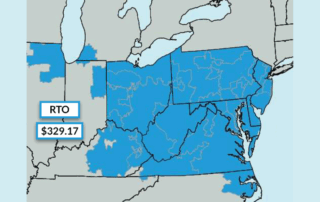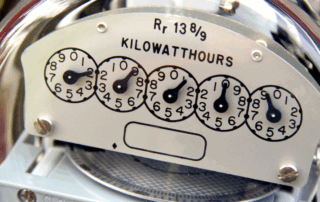PJM 2026/27 Base Residual Auction Results: Record Capacity Prices in PJM
On July 22, 2025, PJM Interconnection released the results of its 2026/2027 Base Residual Auction (BRA), clearing at a record-high FERC-imposed cap of $329.17 per megawatt-day. This 22% increase from the previous year signifies escalating demand and tightening capacity across PJM's 13-state region, leading to continued elevated electricity prices for industrial and commercial energy users.
Minimum Offer Price Rule (MOPR) And Its Impact On PJM Capacity Market Participants
The Minimum Offer Price Rule (MOPR) is a controversial policy in the PJM capacity market, designed to prevent market manipulation by ensuring state-supported power plants bid at a fair minimum price. Understanding MOPR is crucial for brokers, consultants, and large energy users to navigate procurement strategies and predict capacity costs in this evolving market.
Is Demand Response the Answer To Rising PJM Capacity Costs? Here’s What You Need To Know
With PJM capacity prices spiking to record levels, many large energy users are searching for ways to reduce their exposure and protect their budgets. Demand response offers a unique opportunity to not only earn payments for curtailing load but also lower future capacity charges when paired with effective peak management strategies.
5 Ways to Reduce Capacity Tags and Combat PJM Rate Increases
With PJM’s 2025/2026 capacity rates surging to decade highs, reducing your facility’s capacity tags has never been more critical for controlling electricity costs. By understanding how tags are calculated and taking strategic action during peak summer hours, businesses can significantly lower future capacity charges and protect their bottom line.
What PJM’s Capacity Cap And Collar Means For 2026-2028
FERC’s approval of a capacity price cap and collar for PJM’s 2026/27 and 2027/28 delivery years sets new upper and lower bounds for auction clearing prices, aiming to curb volatility while preserving investment signals. For energy brokers, large consumers, and generation developers, this temporary measure reshapes procurement strategies and budget planning in one of the nation’s most critical power markets.




